With the reopening of museums in England and Wales on 17 May, Apollo’s editors pick out the exhibitions and displays they’re most looking forward to visiting in coming weeks.
The floral and the classical
Whether or not you’re a fan of Coronation Chicken, it’s hard not to admire the woman credited with inventing it. With ‘Constance Spry and the Fashion for Flowers’ (17 May–26 September), the Garden Museum celebrates a figure with as many unexpected facets as that curious dish has ingredients. I’m looking forward to seeing some of Spry’s exuberant and unusual floral arrangements recreated (kale and artichoke extravaganzas, Instagrammers? Spry got there first), and discovering more about this one-time Hackney headmistress who provided blooms for the Queen’s coronation and inspiration for the floral paintings of her romantic partner, Gluck.
The distinctive boat-shaped vases Spry designed and had made by the Fulham Pottery are thought to be have been inspired by ancient Roman, Greek and Phoenician ceramics she and Gluck saw on a trip to Tunisia in the 1930s, and a sharp focus on both the floral and the classical has informed a small display at the Barber Institute of Fine Arts in Birmingham. ‘Drawn to Antiquity: Works on Paper from the Lawrence Alma-Tadema Collection’ (11 June–1 October) includes a couple of exquisite watercolour studies – one of peonies by Alma-Tadema, the other of chrysanthemums by his wife, Anna – as well as a superb pencil study (by Lawrence) of a Roman soldier’s sandal from Mainz. Sophie Barling

Study of a sandal, Mainz Museum (n.d.), Lawrence Alma-Tadema. Cadbury Research Library, Birmingham
Holding court
The obvious place to reacclimatise to museums is the refurbished Raphael Court at the V&A (opens 19 May). I’ve had a chance to visit it – first job perk for months – and can report that it’s a triumph. In its previous guise, this cavernous room felt like a beige sports hall, good for an impromptu game of five-a-side perhaps but a space that did no favours to Raphael. The lighting has been transformed, and with the tapestry cartoons set against smart Hague blue walls, Raphael is now the star in a gallery of intense if meditative drama. You can finally see his acidic pinks, reds, greens and yellows, which turn out to have been there all along. And, with a new smartphone app, you can stand back and keep the monumental designs in view while you dig into the details.
Also set to be a stopping place is ‘Conversations with God: Jan Matejko’s Copernicus’, a one-room exhibition at the National Gallery (21 May–22 August). The gallery is so good at these focused exhibitions – think of the displays on Bermejo, Cagnacci, Boilly and Sansovino frames in recent years – which encourage visitors to take their time with just one painting or a handful of works. A few years back, I caved in to the virtuosity of Matejko’s theatrical history paintings – not least The Battle of Grunwald (1878) – in the National Gallery of Warsaw, but so far as I can tell there are no paintings by him in public collections in the UK. It’s great that this one is coming on loan from Kraków.
Beyond London, an exhibition on John Crome (1768–1821) at Norwich Castle looks well worth a trip (17 May–5 September). In the May issue of Apollo, Robert O’Byrne quoted a piece the magazine ran in 1941 in which the author wondered how many school children knew ‘in which century Francis Cotes lived and worked, who was Sir John Vanbrugh, or what kind of picture John Crome painted?’. The answer to the last part, which I confess I didn’t know, is crisp yet painterly landscapes, many of the wide horizons of East Anglia. And we all need wider horizons right now. Thomas Marks
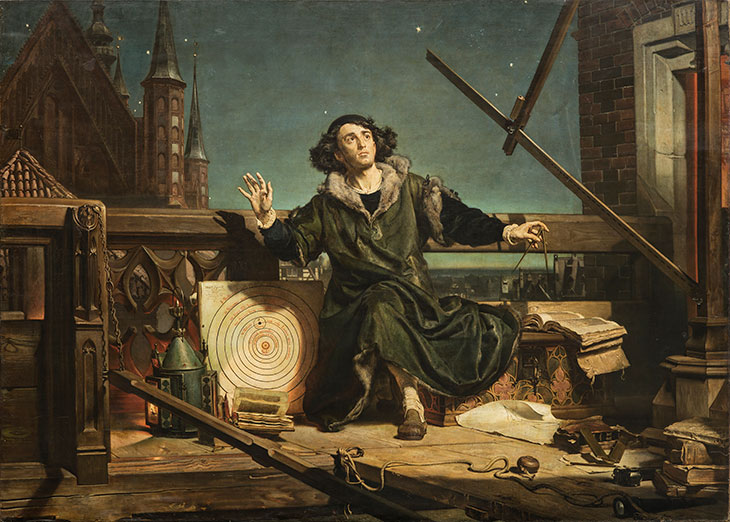
The Astronomer Copernicus, or Conversations with God (1873), Jan Matejko. The Jagiellonian University Museum, Kraków. Photo: Grzegorz Zygier
Bright lights, big cities
First port of call is a show I’ve been looking forward to for months. James Barnor established Ever Young, his first studio in Accra, in the early 1950s, quickly making a name for himself as a studio portraitist; he also landed a job as the first staff photographer at the Ghanaian national newspaper the Daily Graphic after it was established in 1950. His images document Ghanaian life during a period of huge upheaval, in the years before and after independence under Kwame Nkrumah in 1957. In the 1960s he took his camera, and his knack for establishing an easy rapport with his subjects, to London, where he captured the Big Smoke during its own period of rapid social transformation. Now at the age of 91 he is celebrating his first museum retrospective at the Serpentine Galleries (19 May–22 October).
I’m also champing at the bit for a trip home to Scotland this summer. Edinburgh Art Festival has been confirmed for late July, and the main programme this year looks a cracker – new commissions by the Irish artist Sean Lynch, the Nigerian sound artist Emeka Ogboh, and Isaac Julien, who premieres a ten-screen video work on the life of Frederick Douglass (29 July–29 August). While in Auld Reekie, I’ll be sure to catch Rachel Maclean’s spooky-looking toy shop installed in the woods of Jupiter Artland, and a show at City Art Centre that focuses on Ian Hamilton Finlay’s obsession with the sea. Samuel Reilly
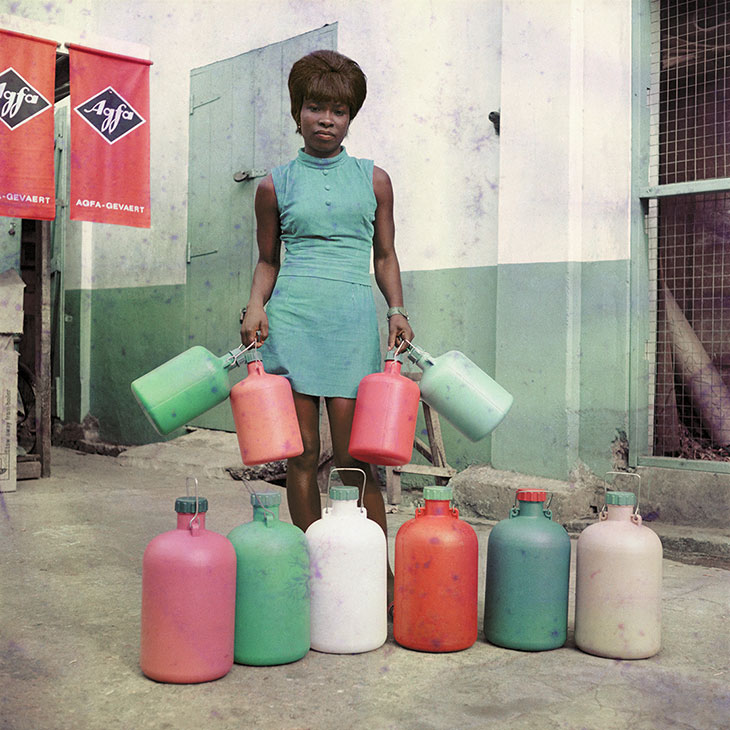
Sick Hagemeyer shop assistant, Accra (c. 1971), James Barnor. Courtesy Autograph ABP
Down the rabbit hole
As a young bookworm, I formed my own modest collection of different illustrated editions of Alice in Wonderland. So naturally I can’t wait for the V&A’s blockbuster show devoted to Lewis Carroll’s slightly less bookish protagonist, which promises to explore the widespread cultural influence of Alice and her world (22 May–31 December). The exhibits – which range from Julia Margaret Cameron’s photograph of the real-life Alice Liddell to Surrealist paintings and contemporary haute couture – will appear in a mise en scène dreamed up by the theatre designer Tom Piper. The more over-the-top the better, if you ask me.
Striking a similarly whimsical note is the exhibition ‘Portable Sculpture’ at the Henry Moore Institute in Leeds (18 May–29 August). This is a group show of works created between the 1930s and the present day that were designed to fit in your carry-on – as if we’re likely to be flying anywhere. Artists featured range from Marcel Duchamp and Louise Bourgeois to Mohamad Hafez, who displays his intricate dioramas of war-torn Syria in open suitcases (I interviewed Hafez for the Apollo 40 Under 40 podcast two years ago – you can listen to it here). Gabrielle Schwarz
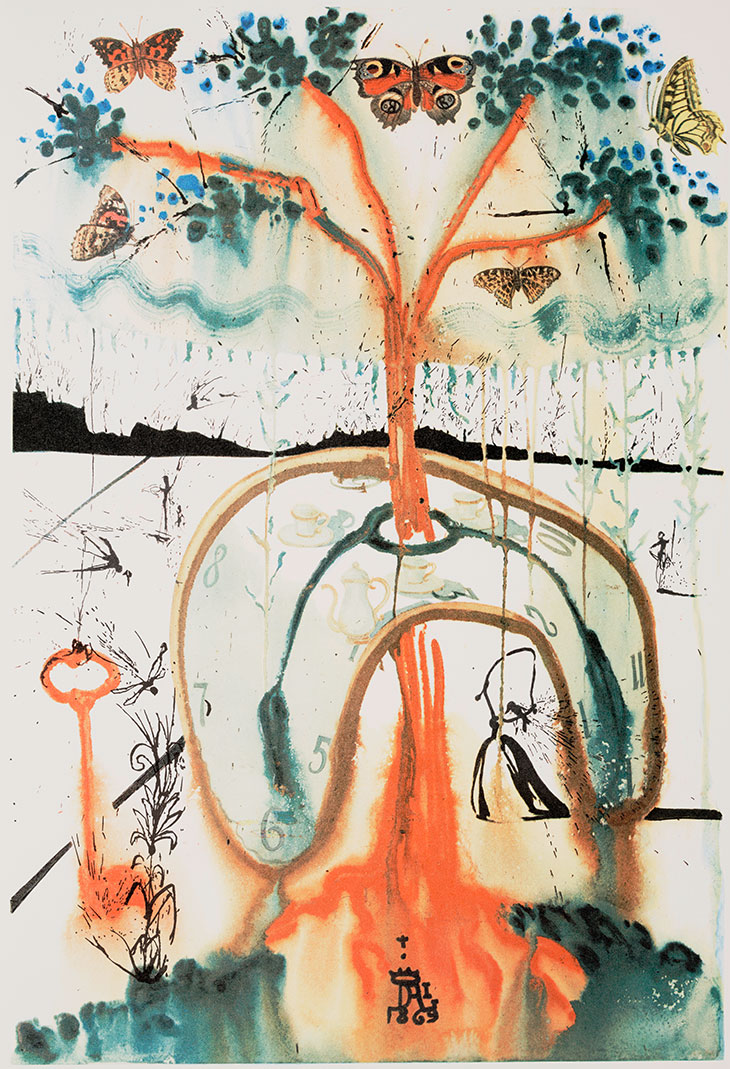
A Mad Tea Party (1969), Salvador Dalí. Dallas Museum of Art. © Salvador Dali, Fundació Gala-Salvador Dalí, DACS 2019
Unlimited access from just $16 every 3 months
Subscribe to get unlimited and exclusive access to the top art stories, interviews and exhibition reviews.


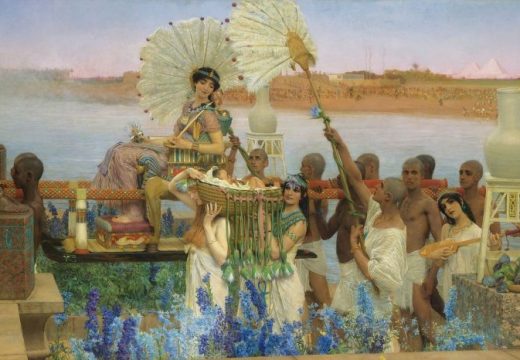
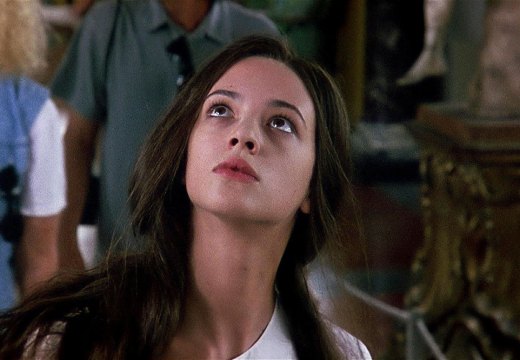
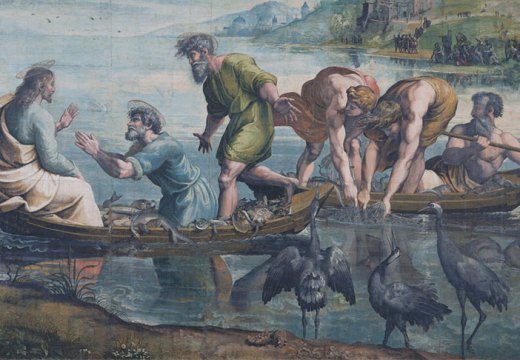









![Masterpiece [Re]discovery 2022. Photo: Ben Fisher Photography, courtesy of Masterpiece London](http://www.apollo-magazine.com/wp-content/uploads/2022/07/MPL2022_4263.jpg)
It’s time for the government of London to return to its rightful home